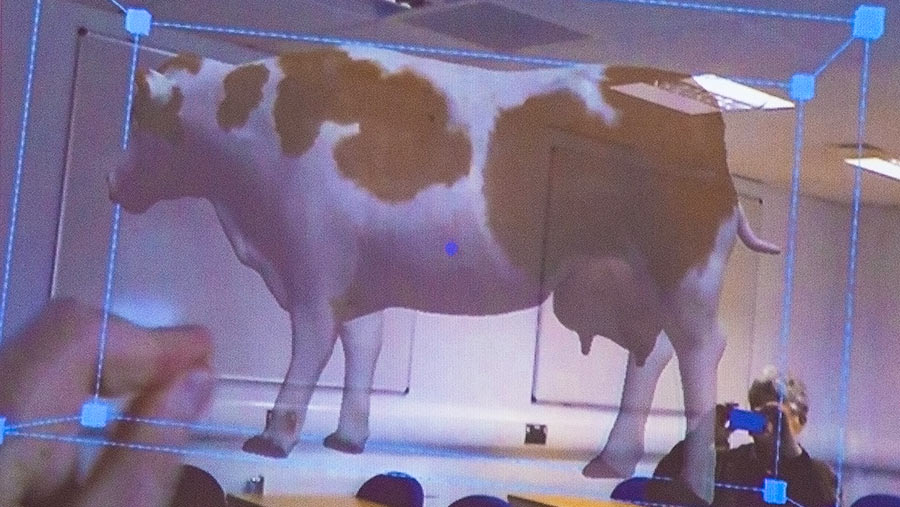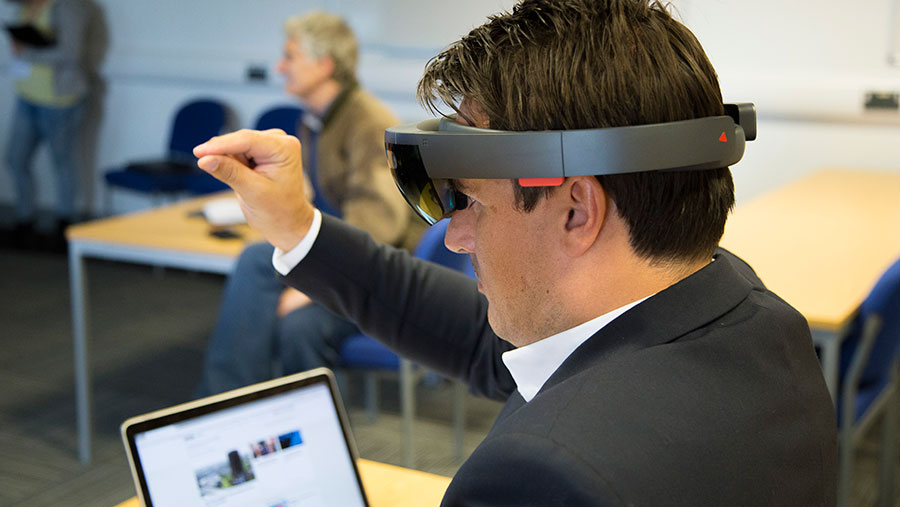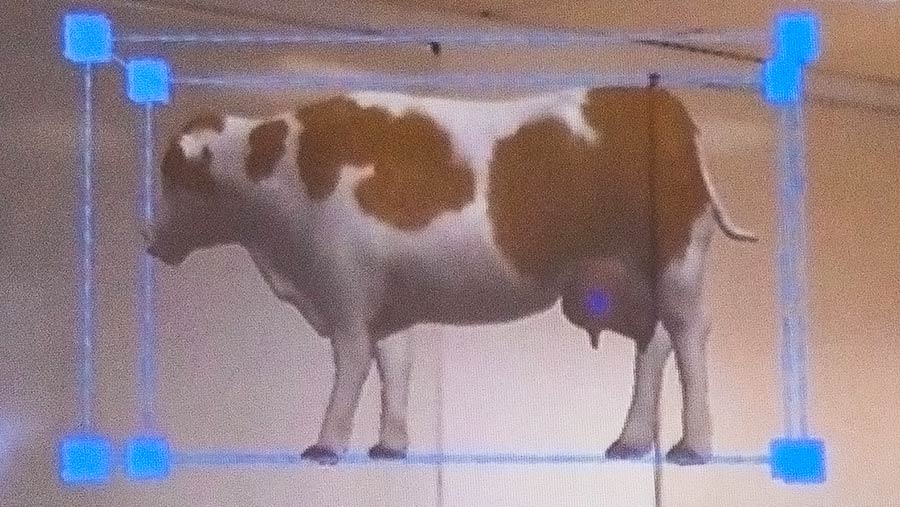Cows in class – students learn with holographic cattle
We’ve all been there. A dreary grey day stuck in a stuffy classroom listening to the teacher droning on in front of a PowerPoint presentation. Not exactly the most thrilling way to learn.
But students of agriculture can rejoice – technology is coming to your rescue in the form of mixed reality headsets that let you interact with holographic cows.

That’s right, cows in the classroom. Harper Adams students will soon be getting to grips with interactive cow holograms thanks to a cutting-edge project to enhance teaching and learning by embracing the latest technology.
See also: 8 new courses you can now take at land-based colleges
The Microsoft HoloLens is the first fully self-contained holographic computer running Windows 10.

Alison Pyatt, Harper Adams senior lecturer in animal science, said: “There is plenty of scope for this to enhance learning experiences and there are all sorts of ways we can use it.
“We could use it before a dissection practical to show the students what to expect, instead of a dissection practical, as revision or we could even get students to walk each other through it to learn themselves by teaching.”

Staff at the university have had their first go with the Bovine HoloLens visuals, where they seemingly gazed and gestured into open space while wearing the mini computers, when software company The Webinar Vet brought them to the campus for testing.
FW and young farmers: The farming dream team
If you’re not already a member and would like to join or find out more, head over to the NFYFC website.
If you’re already a YFC member you can get 35% off your Farmers Weekly subscription and if you are a student we will give you 50% off. Just head over to our subscriptions page for more details.
Ms Pyatt has been working with Mr Chadwick and Microsoft since December last year to develop imagery to assist with teaching bovine anatomy.
“We knew it could be done, but when we put the HoloLens on and really saw it, that was the ‘wow’ moment, the proof that it worked.”

